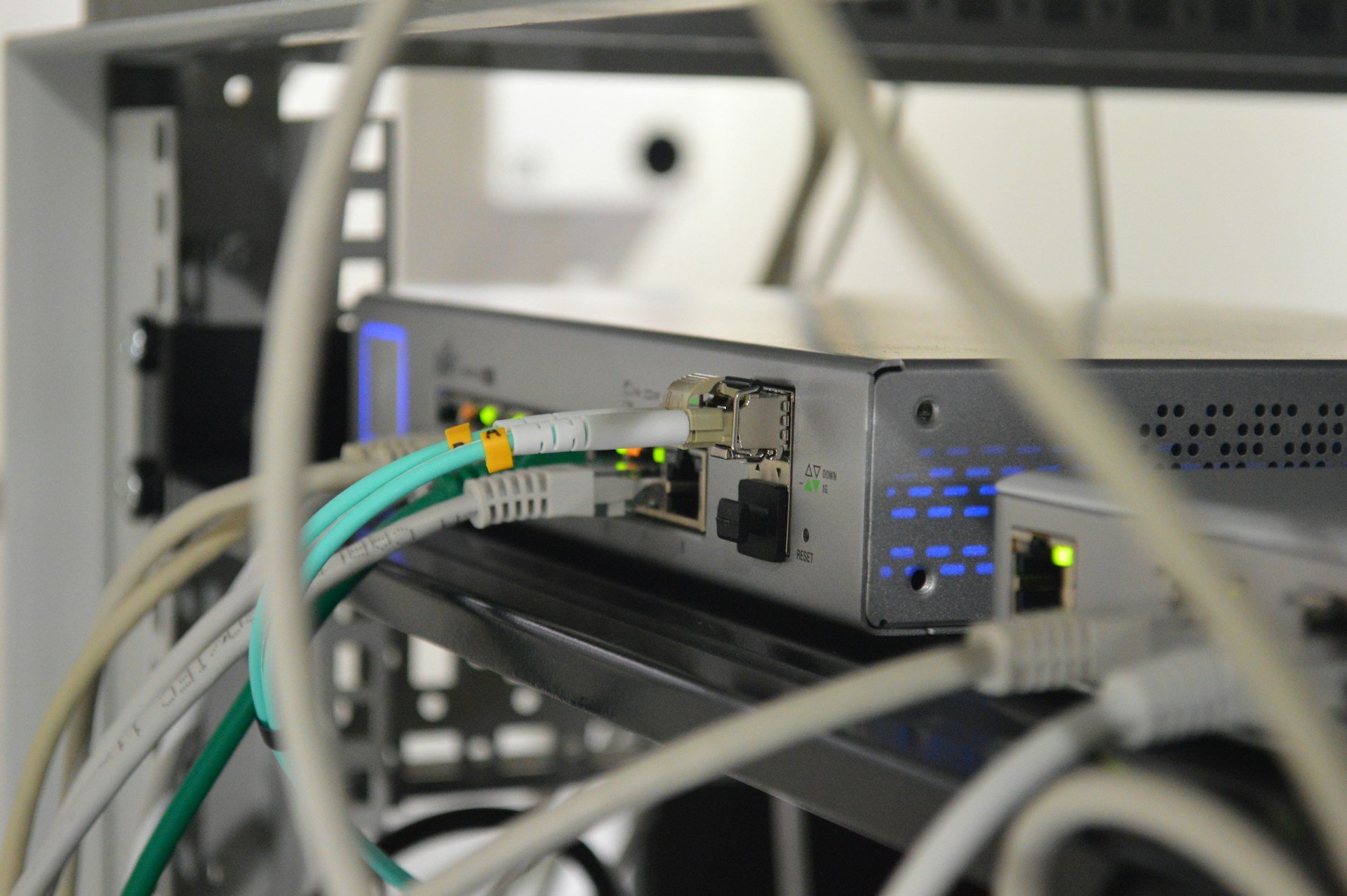
FCC Raises Benchmark of High-Speed Broadband
The Federal Communications Commission (FCC) has officially changed its definition of broadband from 25Mbps/3Mbps to 100Mbps/20Mbps.
The March 14 decision comes 9 years after its last redefinition and concludes that “advanced telecommunications capability is not being deployed in a reasonable and timely fashion based on the total number of Americans, Americans in rural areas, and people living on Tribal lands.” This effectively raises the standard for decent internet speeds across the United States.
While the new standard seems like an audacious aim, increasing broadband speeds four-fold, it’s been a long time coming.
Even in 2015, there was criticism that the 25 Mbps standard was insufficient and put many Americans at a disadvantage. FCC Chairwoman Jessica Rosenworcel said at the time, “I think our new threshold, frankly, should be 100Mbps. I think anything short of that shortchanges our children, our future, and our new digital economy.”
The new standard was set based on what is “now used in multiple federal and state programs (such as NTIA’s BEAD Program and multiple USF programs), consumer usage patterns, and what is actually available from and marketed by internet service providers,” says the FCC’s press release.
But whether Americans can enjoy better internet service depends on where they live. For instance, the FCC report shows that “fixed terrestrial broadband service (excluding satellite) has not been physically deployed to approximately 24 million Americans, including almost 28% of Americans in rural areas, and more than 23% of people living on Tribal lands.”
“45 million Americans lack access to 100/20 Mbps fixed service and 35/3 Mbps mobile 5G-NR service,” the report adds.
Why is raising the speed metric important?
“This fix is overdue,” Rosenworcel said. “It also helps us better identify the extent to which low-income neighborhoods and rural communities are underserved.”
Raising the metric matters because it sets the standard for what Internet Service Providers (ISPs) need to provide American consumers, no matter where they live.
As part of its announcement on Thursday, the FCC also set a 1 Gbps/500 Mbps long-term goal for broadband speeds. Hopefully, this will prevent future stagnancy when it comes to outdated standards of digital access.

 Previous Story
Previous Story

 Latest articles
Latest articles 

Leave a Comment
Cancel